What Does “Frost-Free” Mean for a Freezer?
If you’ve ever had to chip away ice from an older freezer, you’ll appreciate the convenience of a frost-free freezer. But what does the term actually mean — and how does it work?
How a Frost-Free Freezer Works
A frost-free freezer automatically prevents ice build-up using a small heating element and fan system. Periodically, the heater warms the evaporator coils just enough to melt any frost that’s formed. The fan then circulates dry, cool air to keep temperatures even throughout the compartment.
Benefits of a Frost-Free Freezer
- Requires no manual defrostingTraditional freezers need to be turned off and defrosted to remove built-up ice.
- Keeps food packaging clean and ice-free
- Maintains consistent cooling performance
- Improves energy efficiency by preventing ice build-up on coils
Are There Any Downsides?
Frost-free models may use a little more electricity because of the periodic heating cycles. They can also cause very slight drying of unwrapped food, so make sure items are sealed properly in containers or bags.
Frost-Free vs Manual Defrost
If you prefer low maintenance, frost-free is the obvious choice. However, a manual defrost freezer can be more energy-efficient overall — ideal for long-term frozen storage with minimal opening.
- All Posts
- Cooker Hood Guides & Advice
- Dishwasher Guides & Advice
- General Appliance Guides & Advice
- Hob Guides & Advice
- Laundry Guides & Advice
- Microwave Guides & Advice
- Oven Guides & Advice
- Wine Cooler Guides & Advice
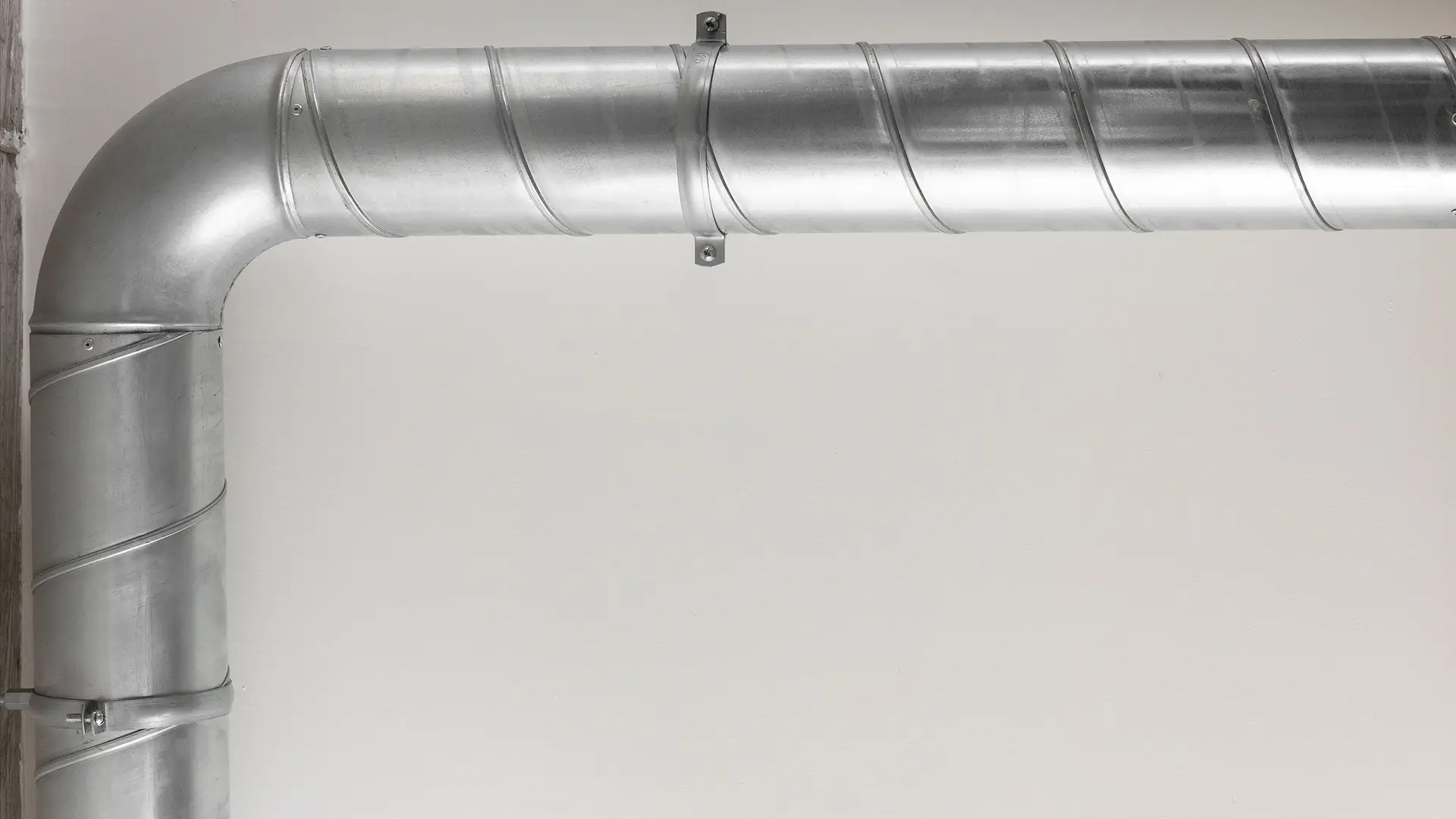
Discover why 90° bends reduce airflow more than 45° in cooker hood ducting. Learn how to optimise your kitchen’s extraction...
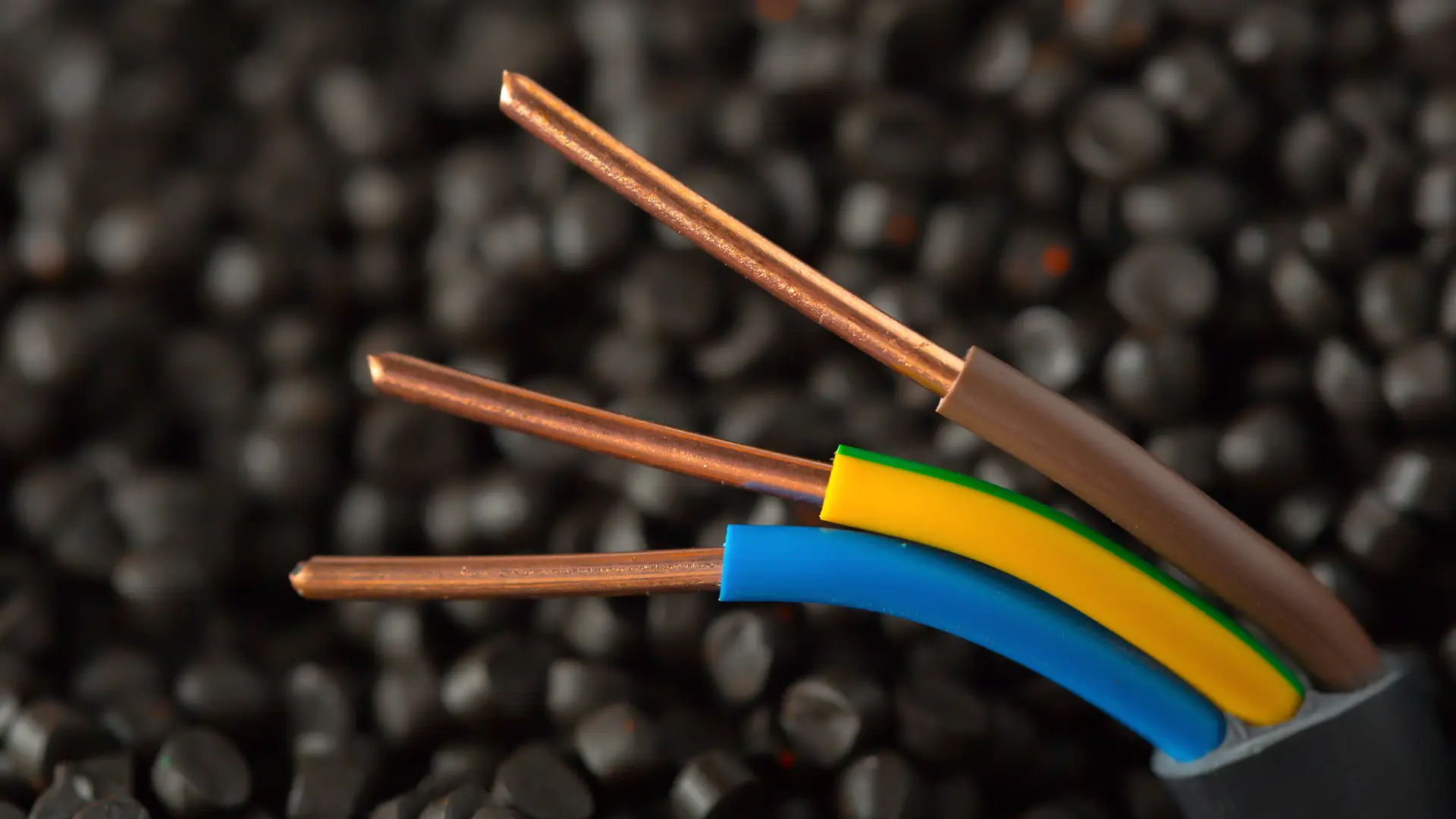
Not sure if your induction hob needs special wiring? Learn when a 13-amp plug is enough and when a dedicated...
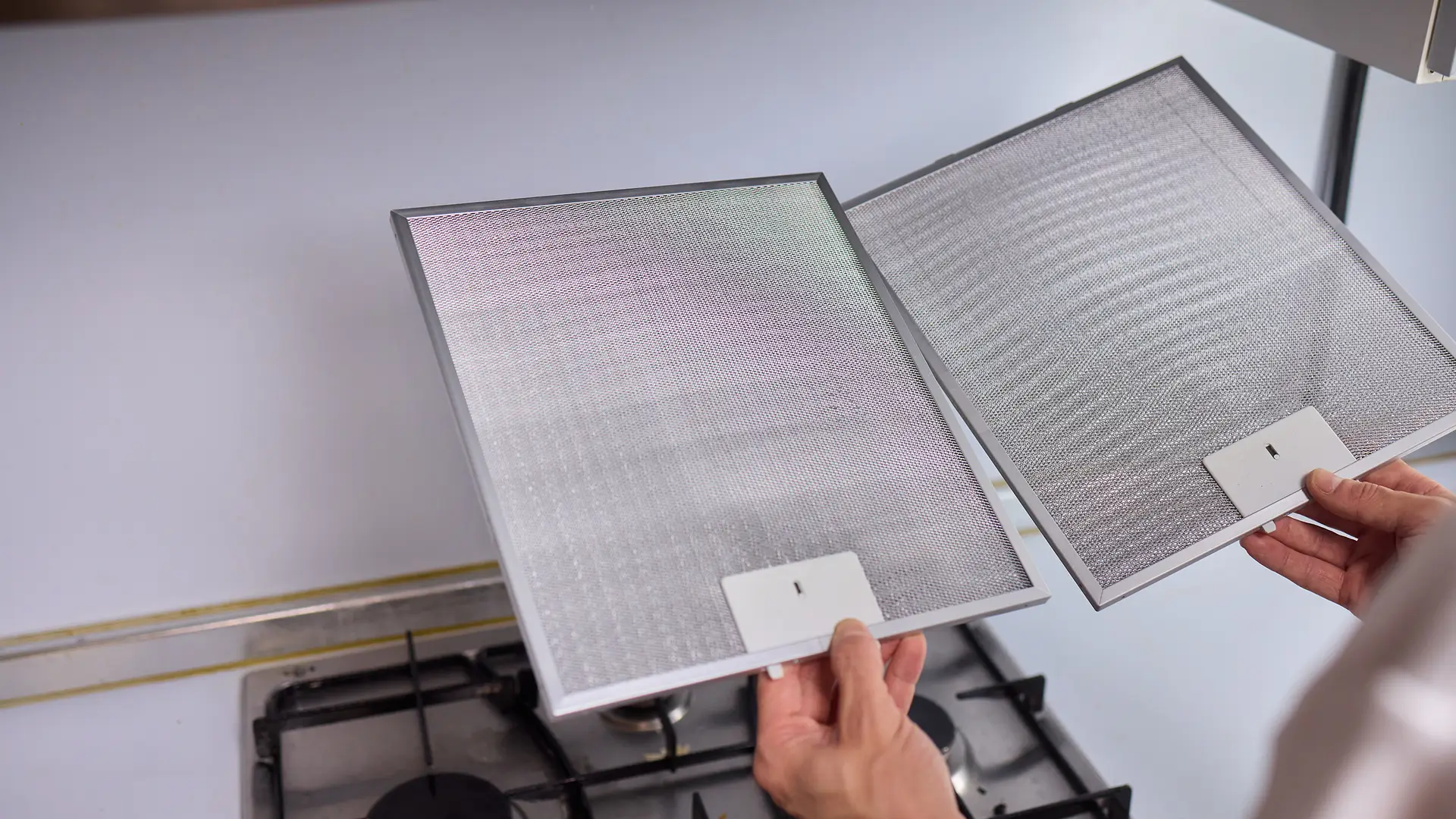
Find out how cooker hoods remove grease from the air and keep your kitchen clean. Learn how to maximise efficiency...
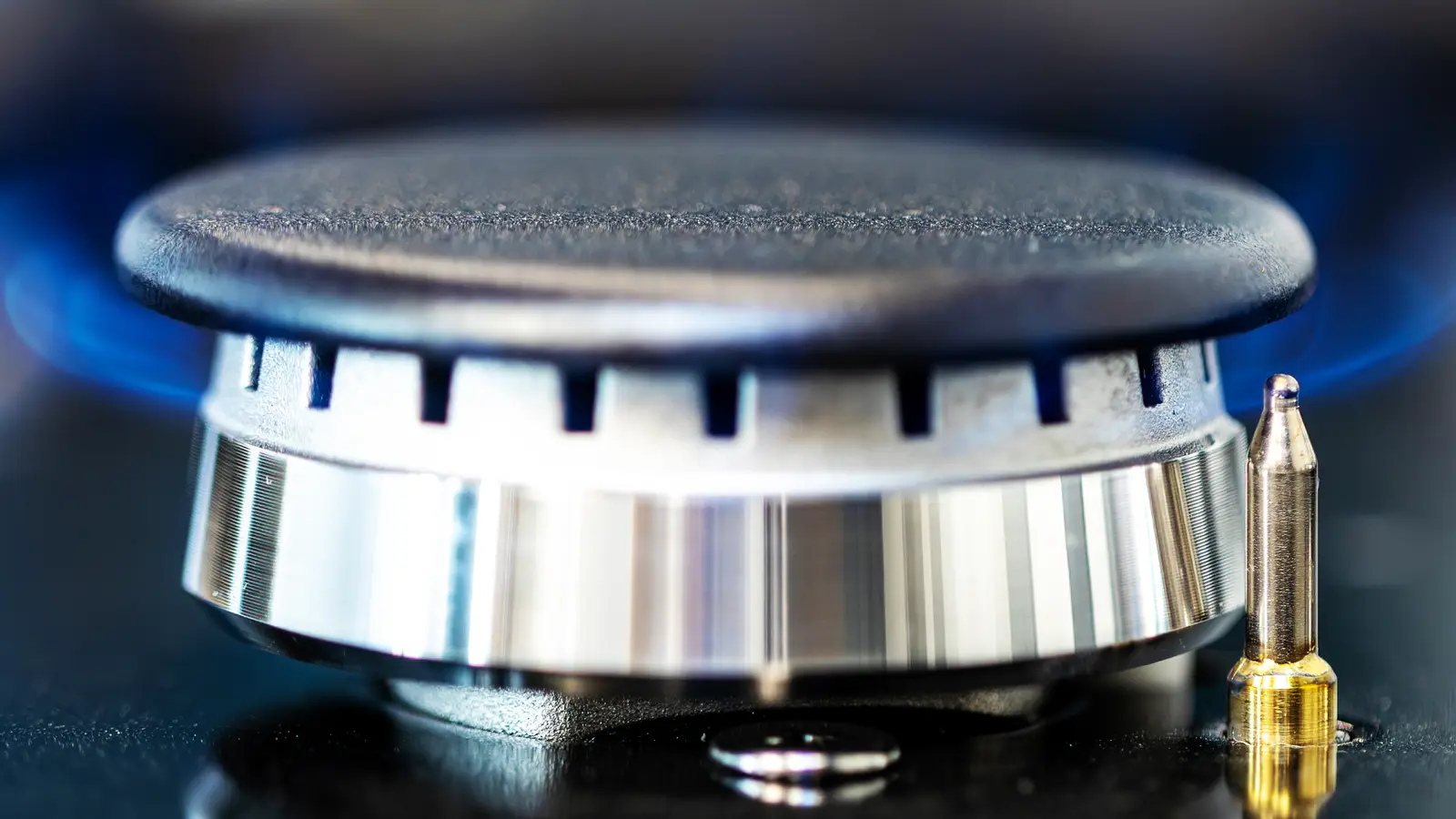
Find out if you can plug a gas hob ignition into a normal socket, plus safety rules and installer guidance....
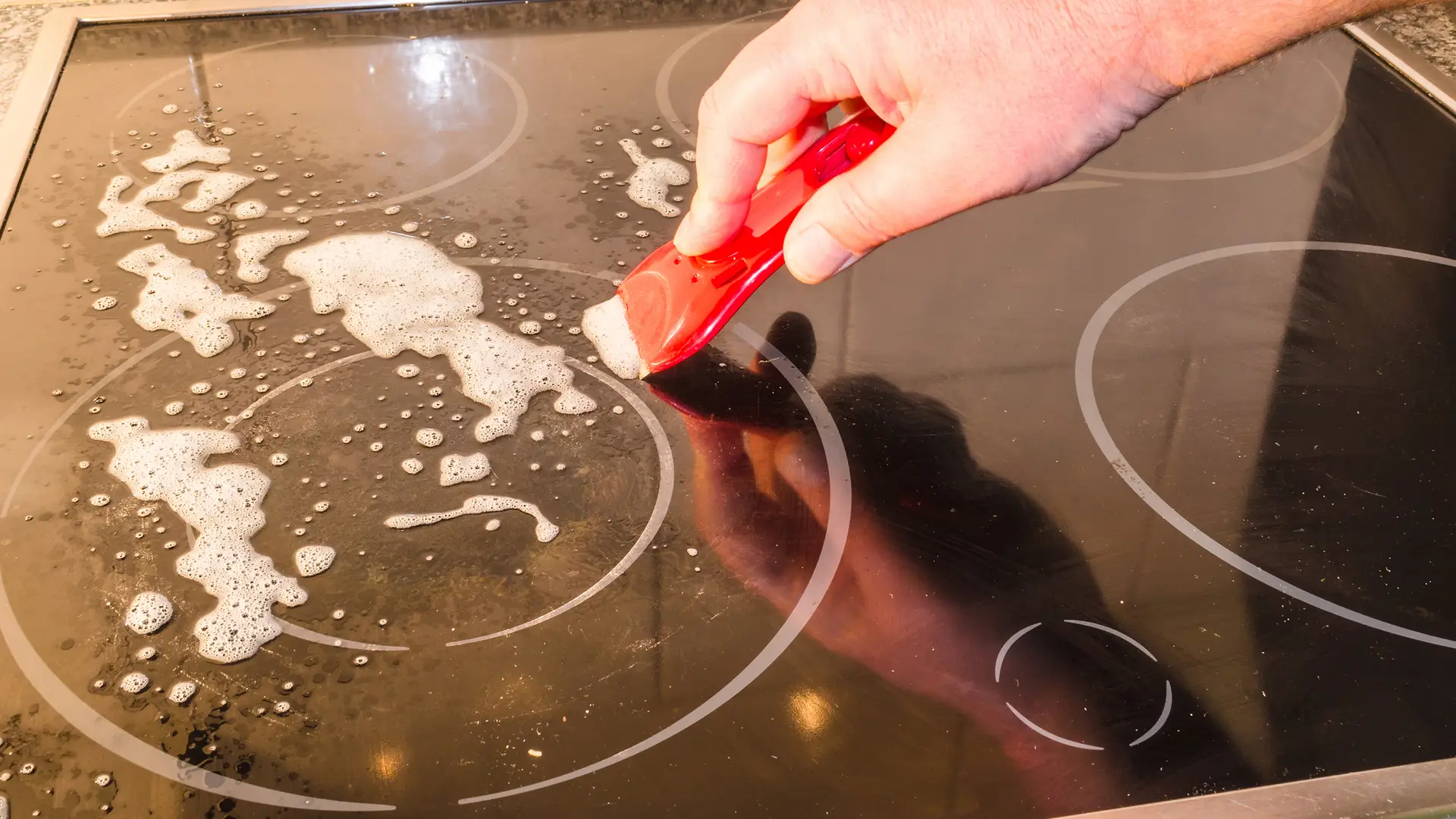
Learn whether induction hobs scratch easily and how to prevent damage. Discover simple cleaning and care tips to keep your...

Find out why turning off appliances at the wall saves energy, reduces bills, and helps prevent electrical fires. Discover the...
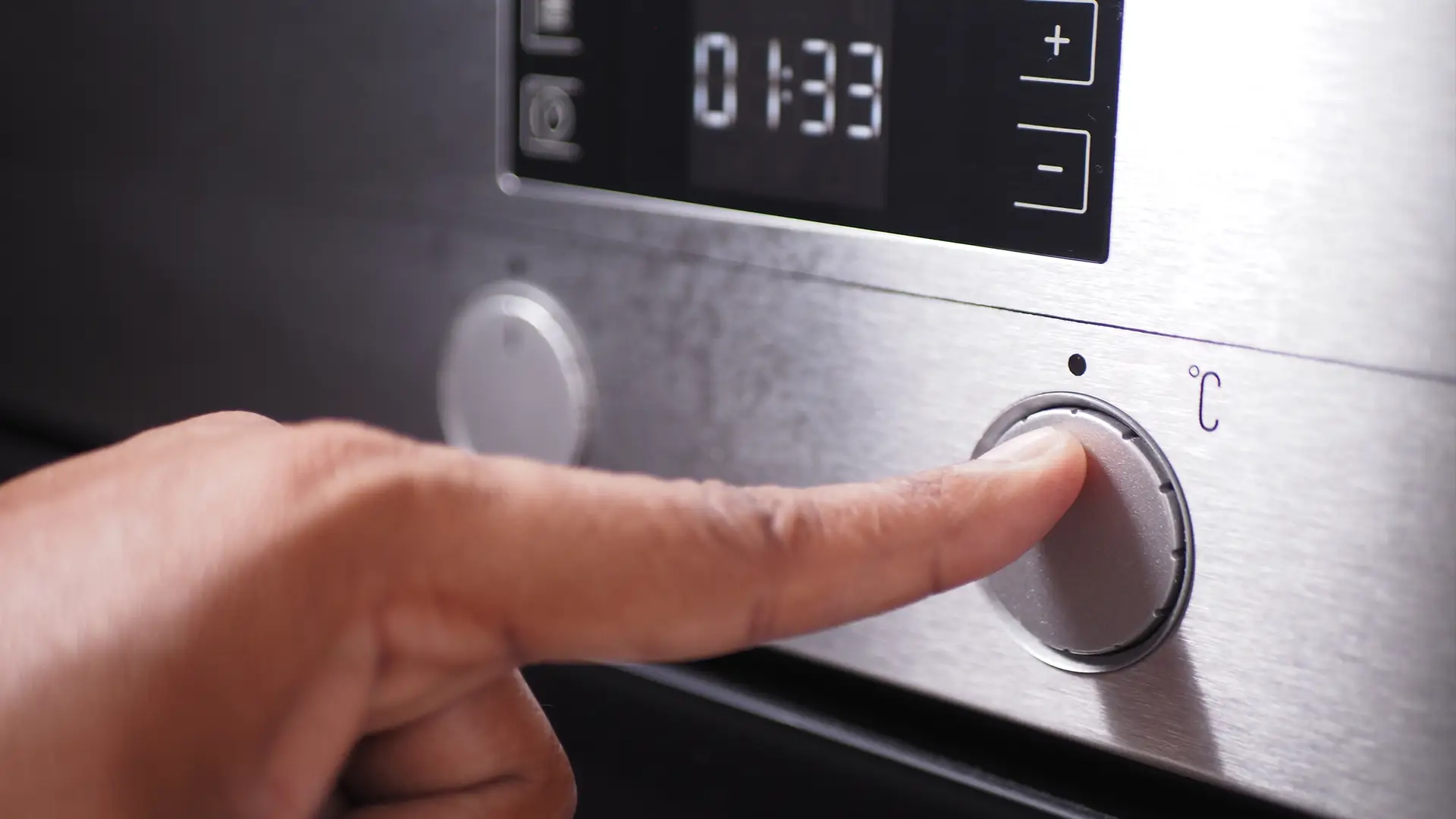
Struggling with uneven bakes? Learn how to fix hot spots, calibrate your oven, and improve temperature accuracy for perfect cooking...

Learn whether you can install an oven under an induction hob safely. Find out spacing, ventilation and wiring tips. Read...
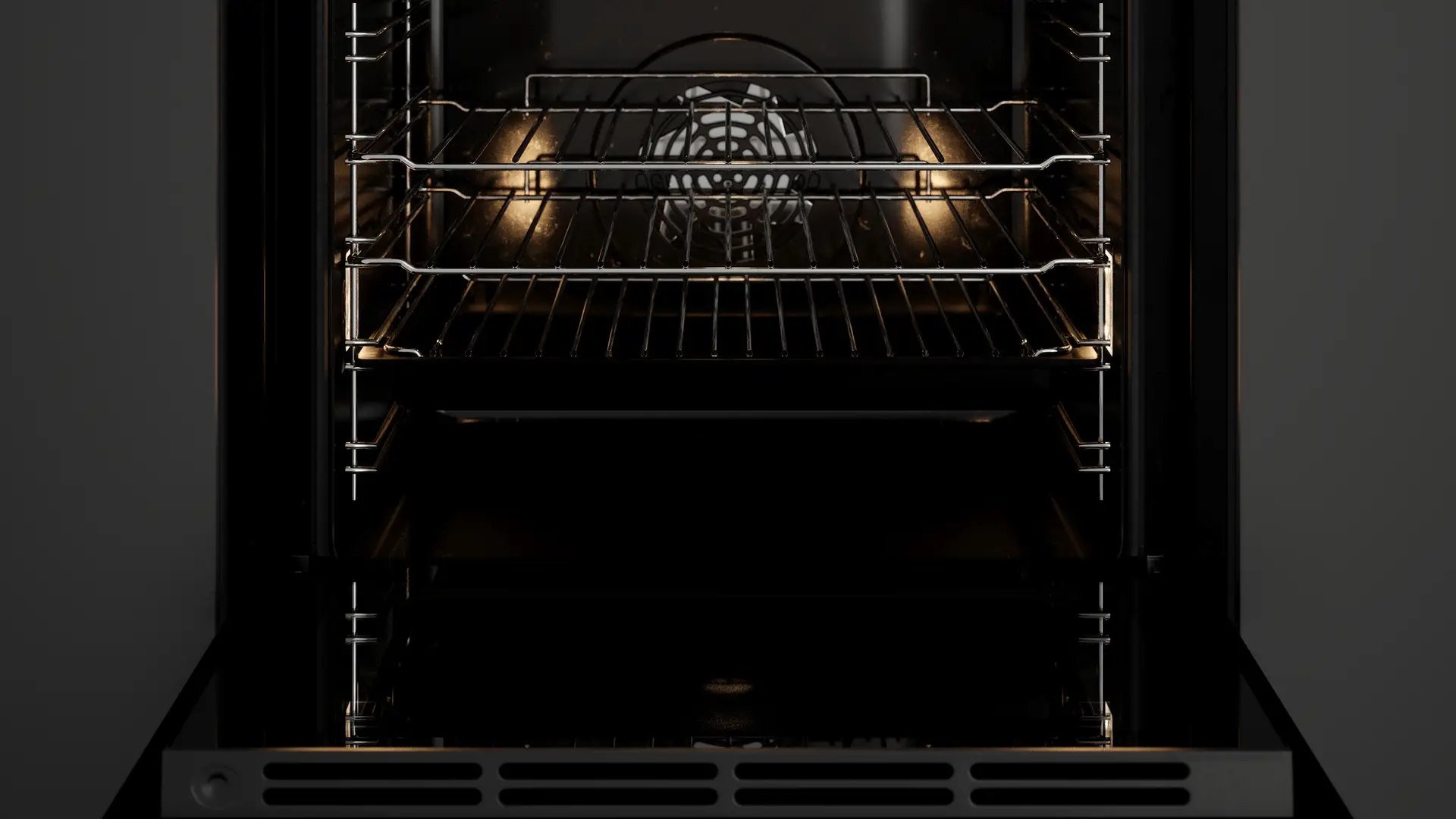
Learn why built-in ovens need ventilation, how airflow works, and how to install one safely. Follow our simple tips to...
